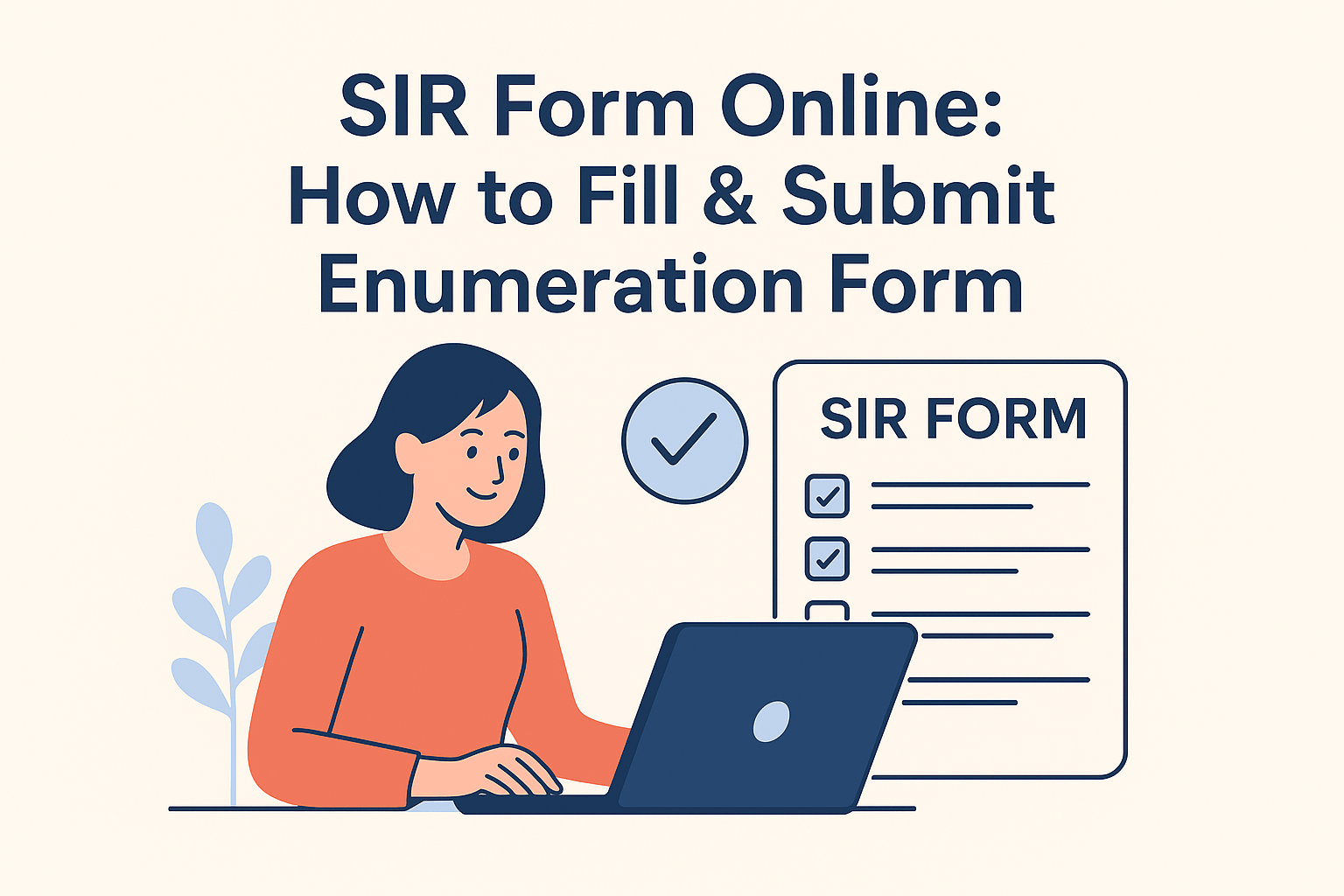
Essential Pollution Terms
Understanding air pollution and related environmental issues begins with knowing the vocabulary. Below is a comprehensive list of more than 40 essential pollution-related terms, each with a brief explanation to help you make sense of news, reports and everyday discussions around environmental quality.
1. Air Quality Index (AQI)
A standardised index used to report how polluted the air currently is or how polluted it is forecast to become. The higher the number, the greater the health risk.
2. Smog
A blend of smoke and fog, typically caused by air pollution from vehicles, industrial emissions and chemical reactions in sunlight.
3. Haze
Reduced visibility in the atmosphere due to fine particulate matter or other pollutants, often from fires, dust or industrial emissions.
4. Particulate Matter (PM)
Solid particles and liquid droplets in the air. Key sizes include PM2.5 (particles ≤ 2.5 µm) and PM10 (≤ 10 µm).
5. PM2.5
Fine particulate matter with diameter of 2.5 micrometers or less; can penetrate deep into lungs and affect health.
6. PM10
Particulate matter with diameter of 10 micrometers or less; includes dust, pollen and mold.
7. Ozone (Ground-level)
A harmful air pollutant formed when nitrogen oxides (NOx) and volatile organic compounds (VOCs) react in sunlight; key component of summer smog.
8. Nitrogen Dioxide (NO₂)
A reactive gas produced from burning fossil fuels; contributes to smog and respiratory problems.
9. Sulfur Dioxide (SO₂)
A gas emitted by the burning of fossil fuels (especially coal) that can lead to acid rain and respiratory issues.
10. Carbon Monoxide (CO)
An odorless, colorless gas produced by incomplete combustion of carbon-containing fuels; harmful in high concentrations.
11. Lead (Pb)
A toxic heavy metal once common in gasoline and paint; still monitored as a pollutant in air and soil.
12. Greenhouse Gases (GHGs)
Gases such as carbon dioxide (CO₂), methane (CH₄), nitrous oxide (N₂O) that trap heat in the atmosphere and drive climate change.
13. Acid Rain
Precipitation (rain, snow, fog) with elevated levels of hydrogen ions (low pH) caused by SO₂/NOx emissions; harmful to ecosystems.
14. Volatile Organic Compounds (VOCs)
Organic chemicals that easily evaporate at ambient temperature; contribute to ozonation and smog formation.
15. Air Pollution Episode
A period of unusually high air pollution due to a combination of emissions and meteorological conditions (e.g., temperature inversion).
16. Inversion (Temperature Inversion)
A meteorological condition where warm air traps colder air beneath, preventing dispersion of pollutants.
17. Secondary Pollutants
Pollutants formed in the atmosphere by chemical reactions (e.g., ozone, secondary particles) rather than emitted directly.
18. Primary Pollutants
Pollutants emitted directly from sources (e.g., CO, NOx, SO₂, PM).
19. Emissions
The release of pollutants into the air from sources such as vehicles, industries and power plants.
20. Ambient Air
The air in the surrounding environment (outside); the air we breathe.
21. Indoor Air Pollution
Air pollution occurring indoors from sources like cooking, smoking, heating appliances and building materials.
22. Airborne Toxics
Pollutants that are known or suspected to cause serious health effects such as cancer, e.g., benzene.
23. Exposure
The amount of pollutant that a person has contact with (time, concentration, route).
24. End-point
The health or environmental outcome (e.g., asthma attack, reduced visibility) resulting from pollutant exposure.
25. Smog Chamber
A controlled environment used for scientific study of air pollution chemistry (less common term for everyday reading).
26. Aerosols
Suspended fine particles or droplets in air; can be natural (dust, sea salt) or anthropogenic (soot, industrial particles).
27. Visibility Reduction
The decrease in transparency of the atmosphere due to particulate matter or other pollutants.
28. Pollution Hotspot
A geographical area with unusually high levels of pollution due to concentrated sources or restricted dispersion.
29. Transboundary Pollution
Pollution that crosses borders (states or countries), carried by wind and atmospheric movements.
30. Monitoring Station
A site where air pollutants are measured and recorded for data and compliance.
31. Legal Limit / Standard
A regulatory threshold pollutant concentration set by governments to protect public health.
32. Exposure Limit
A guideline (often for workplaces) indicating safe levels of exposure to certain pollutants.
33. Emission Inventory
A database of estimated pollutant emissions by source, region and time.
34. Ambient Standard
Legal limit on pollutant concentrations in ambient air (outside) as set by acts like the United States Environmental Protection Agency under the Clean Air Act.
35. Risk Assessment
Process of estimating health or environmental risks resulting from pollutant exposure.
36. Particulate Loading
The total mass of particulate matter in a defined volume of air.
37. Legal Abatement
Measures required by regulation to reduce pollutant emissions and improve air quality.
38. Fugitive Emissions
Emissions not caught by a control system (e.g., dust from a construction site, leaks from a tank).
39. Ambient Air Monitoring
Regular measurement of pollutant concentrations in outdoor air to track air quality trends.
40. Clean‐Air Act
A landmark regulatory framework (in the U.S.) to control air pollution; similar laws exist in other countries.
41. Photochemical Smog
A type of smog formed when sunlight reacts with pollutants like NOx and VOCs, common in sunny, urban areas.
42. Borderline Terms — e.g., Criteria Pollutants
These refer to common pollutants regulated because they are widespread and harmful (ozone, PM, NO₂, SO₂, CO, Pb). EPA+1
Why Knowing These Terms Matters
When you see headlines like “AQI hits 300” or “smog blankets city,” you’ll understand not just that the air is bad—but why it’s bad and what exactly is harming the environment or health. Armed with this vocabulary, you can interpret air quality reports, advocate for policy change, and protect your own health (for example by reducing outdoor activity when AQI is high).
These definitions underpin understanding of regulatory frameworks, environmental science and media reporting. As air pollution continues to affect cities and rural areas alike, the more informed we are, the more effective we can be in responding—and even helping drive improvements.
In short: Start by checking the AQI in your area, spot the key pollutants (PM2.5, ozone, NO₂ etc.), and refer to this glossary when you next encounter terms like “fugitive emissions” or “secondary particles”. Knowledge is a powerful step toward cleaner air.






